

James Wong
4 Days Ago

Senior Contributor
Honda Australia has reiterated its new agency business model, and return to Japanese sourcing, opens the door to different models – but stands by its decision not to introduce the new Jazz for now.
The company said this week its return to Japan sourcing for core cars – enabled by its reduced volume targets and focus on high spec grades – “opened a few doors in terms of some of the European spec and tech” cars that might become available to it.
But the Jazz remains off the table, even if this isn’t music to the ears of those who love its famed cabin space.
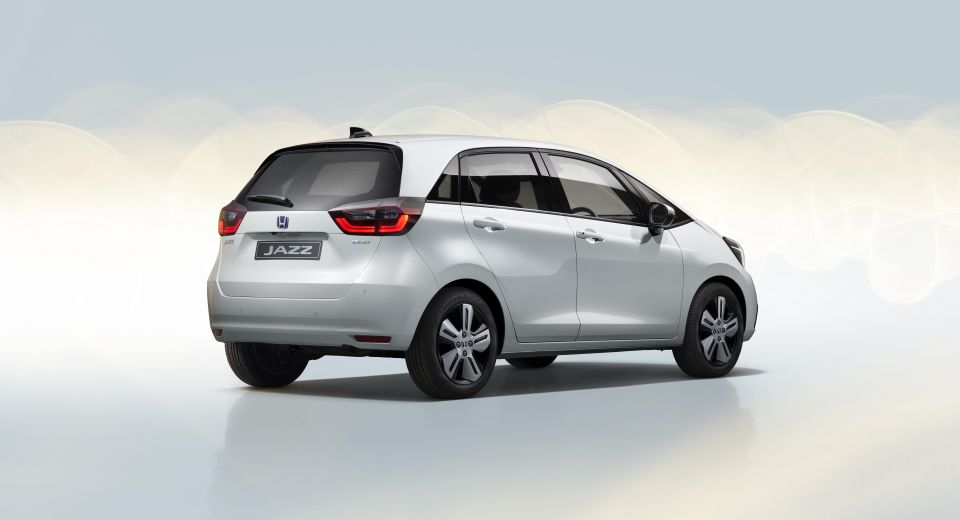
We this week revisited old ground with Honda, which previously ruled out the new-gen Jazz on account of dwindling demand and low margins, on account of this. We also flagged the context of Toyota’s huge price increases to its still-popular Yaris.
In response, Honda said it remains focused on launching higher-tech all-new versions of the Civic hatch and HR-V SUV inside the next six months or so as a priority, which will join the CR-V as its core trio alongside some niche offerings.
“We obviously thought very deeply about Jazz, and we’re constantly looking at where markets and segments are at,” Honda Australia director Stephen Collins told us this week.
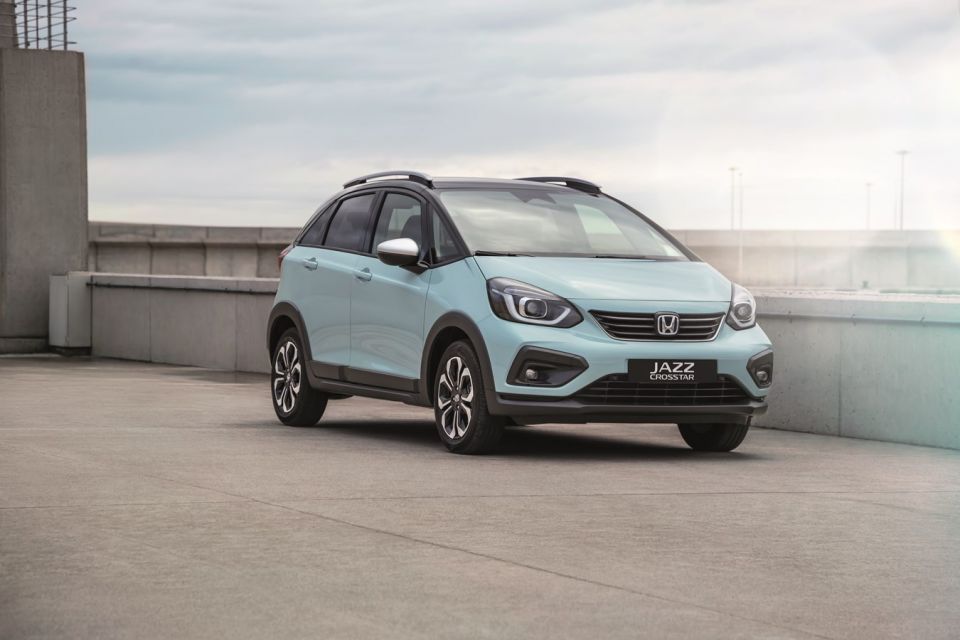
“I don’t want to mislead you, we don’t have a plan to reintroduce Jazz, but we are always looking at what’s possible and what’s not.”
While that’s not a permanent ‘no’, don’t get your hopes up for an about-face on the new Jazz in either petrol or e:HEV hybrid forms coming to Australia any time soon.
For some background, the market share of vehicles classified as Micro or Light Cars by industry database VFACTS has fallen from 13.1 per cent in 2011, to 9.0 per cent in 2016, to just 5.3 per cent now in 2021.
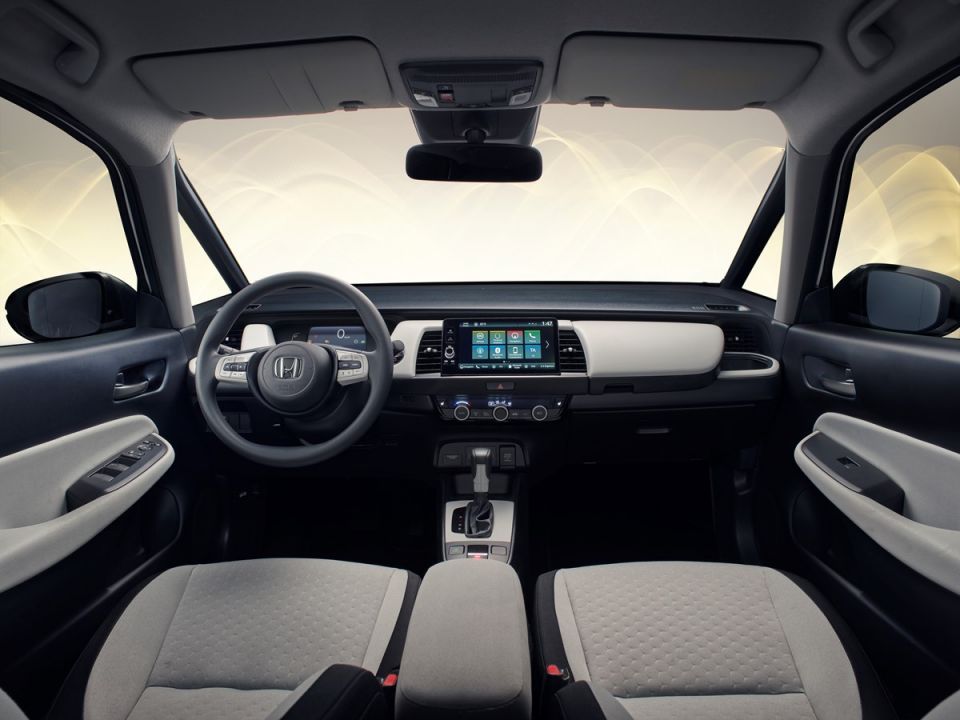
In a quick analysis done for this story, the average retail price of five of market’s best-known Light Cars (Kia Rio, Mazda 2, Suzuki Swift, Toyota Yaris, Volkswagen Polo) has leapt 27 per cent in the past five years.
Over the same period, the RRP increase when tethered to the Consumer Price Index should have been 9.0 per cent, indicating the price pressures being placed on low-end cars if they’re to turn a profit.
Take advantage of Australia's BIGGEST new car website to find a great deal on a Honda.


James Wong
4 Days Ago
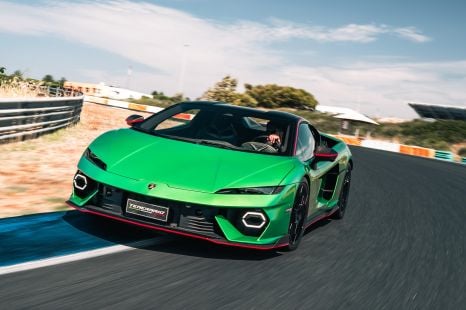

Alborz Fallah
3 Days Ago


Andrew Maclean
3 Days Ago
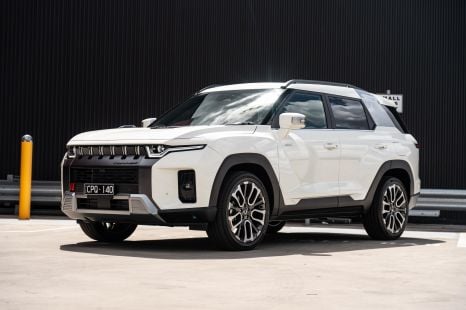

Max Davies
3 Days Ago


Matt Campbell
2 Days Ago
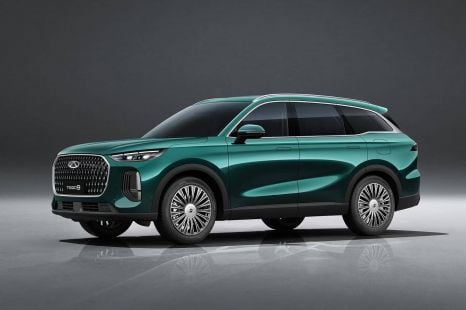

Max Davies
1 Day Ago